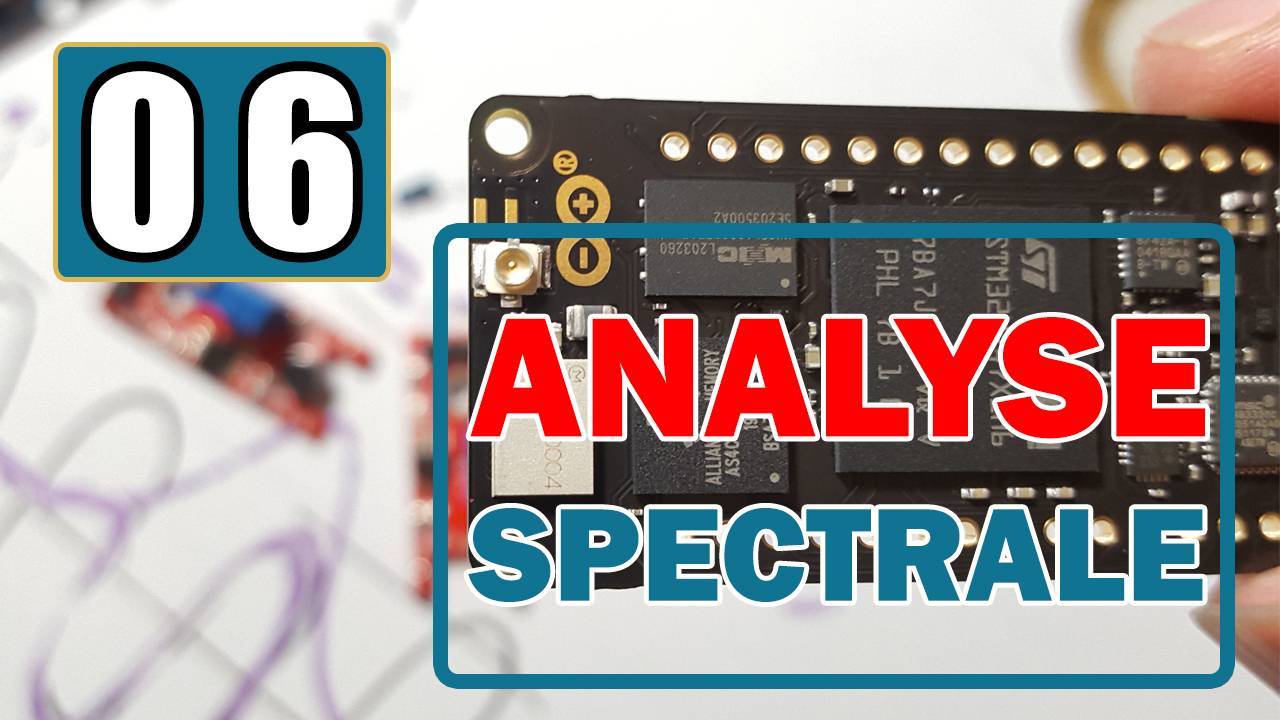VIDEO
Objectifs
Comprendre la notion du fenêtrage
Savoir l’utilité du fenêtrage
Savoir les différents types des fenêtres
Introduire la carte Portenta H7
Savoir implémenter la DFT en C/Arduino
Test de la DFT sur Arduino Mega/Due
Analyse des performances temporelles du code sur Mega/Due
Analyse de la DFT d’un signal sinusoïdal
Analyse de la DFT d’une entrée réelle
Prendre consciente du problème du sur-échantillonnage
Etc.
Voir le tuto pour plus de détails
Programme Complet
clear all; close all; clc;

